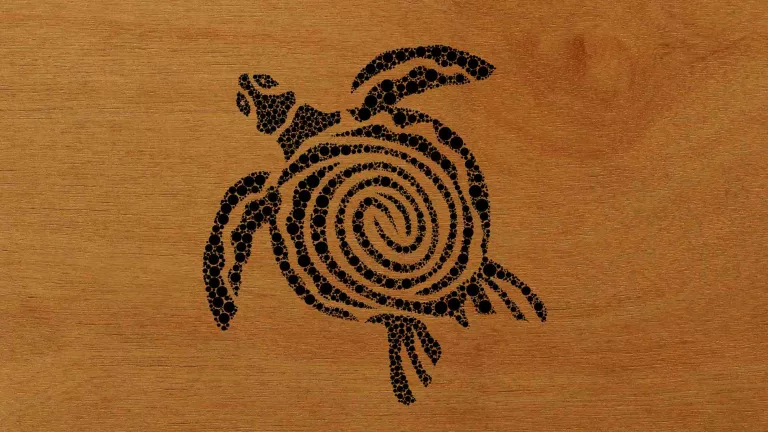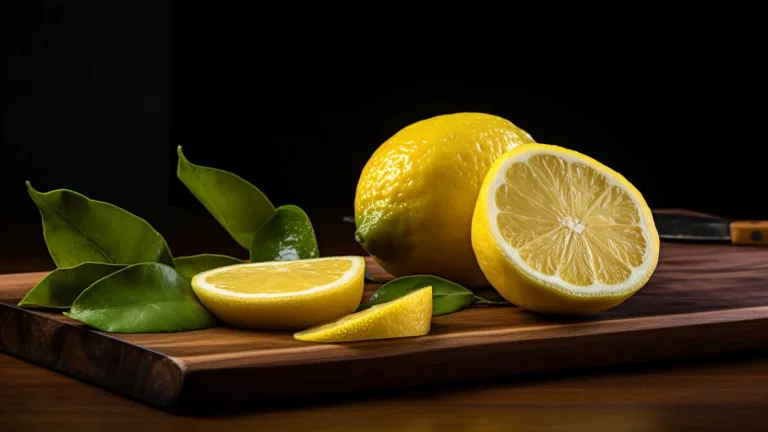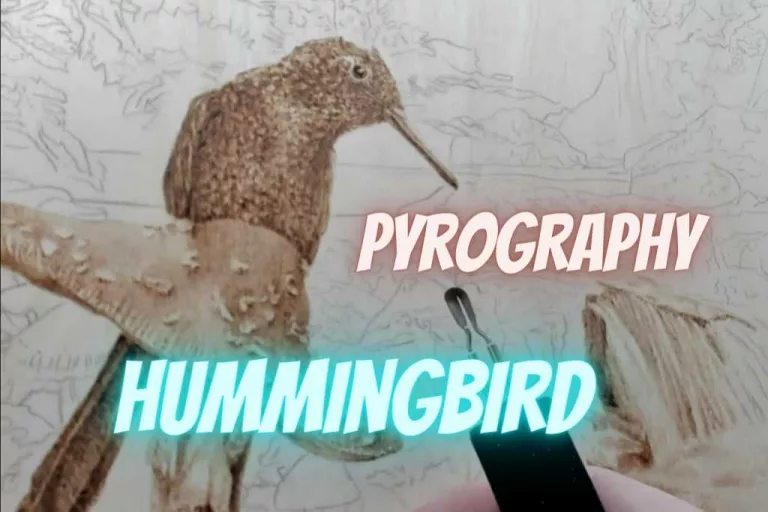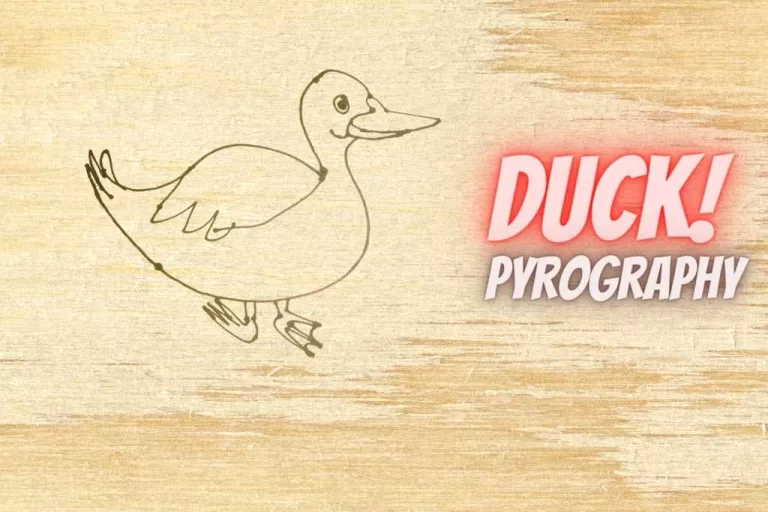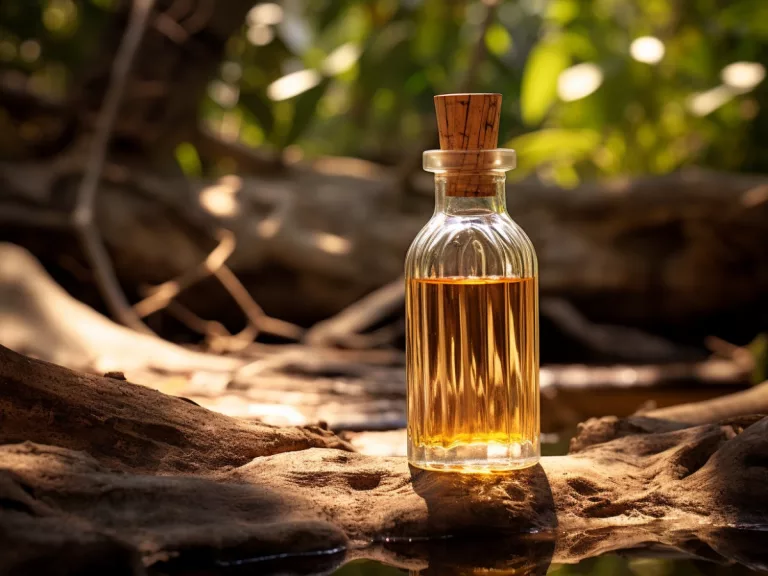15 Choices for the Best Wood for Pyrography
If you are learning about wood burning, it stands to reason that you need to know about which is the BEST WOOD for pyrography projects. In pyrography, wood is the most popular medium to work with. I have compiled a comprehensive list of the woods best suited for this pursuit and their characteristics.
The BEST WOOD for pyrography is to be soft, having low grain, having bright colors and light shades. These wood are easy to have burn marks, nevertheless, you can burn on many hard wood as well. The best and most popular wood for pyrography are Basswood, Pine, Balsa, Poplar, Aspen, Beech.
Best Wood for Pyrography From Experience
1. Basswood
Features
- Soft wood and burns smoothly
- Light-colored (Sometimes has a yellow tint), easy to make
the burn impressions - Smooth and minimal grain
- Easy to work with
- Beginner-friendly
- Available at most craft stores
- Relatively expensive

2. Balsa Wood
Features
- Hardwood, but very light, burns softly
- Light-colored
- Minimal grain
- Very suitable for practice
- Cheap
- Available in some wood stores and stores for models, but not always
- Easy to burn through by mistake
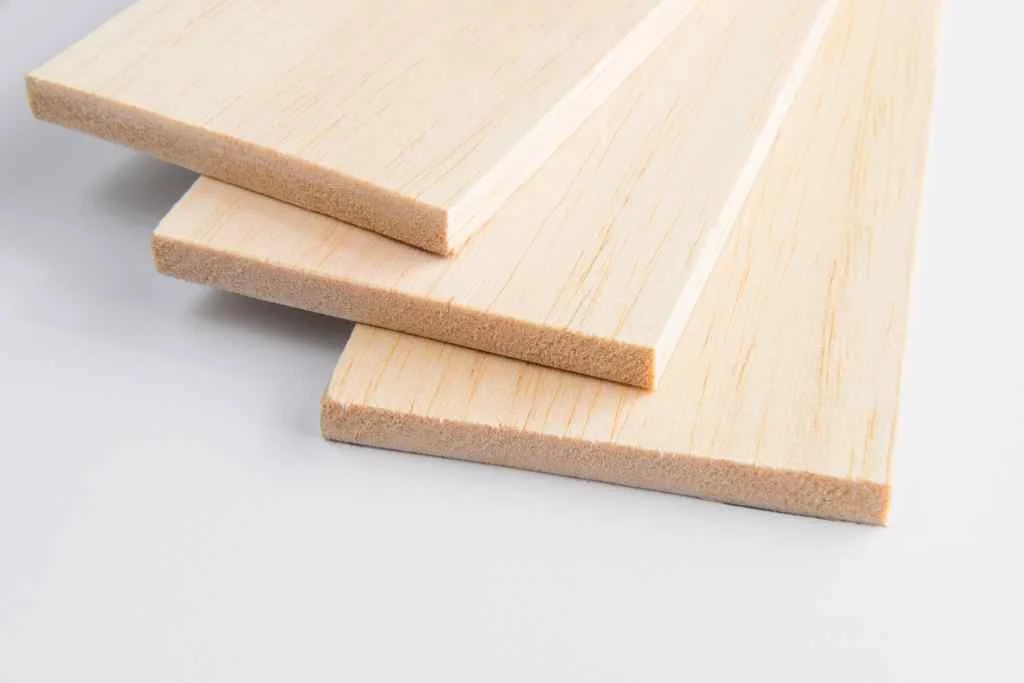
3. Poplar
Features
- One of the most popular choices for regular use
- Soft hardwood and burns smoothly
- Light-colored
- Smooth grain
- Beginner-friendly, popular for practice
- Inexpensive
- Readily available in most places
- Smells pleasant
- Occasionally contains resin or sap
- Sometimes has a green tint
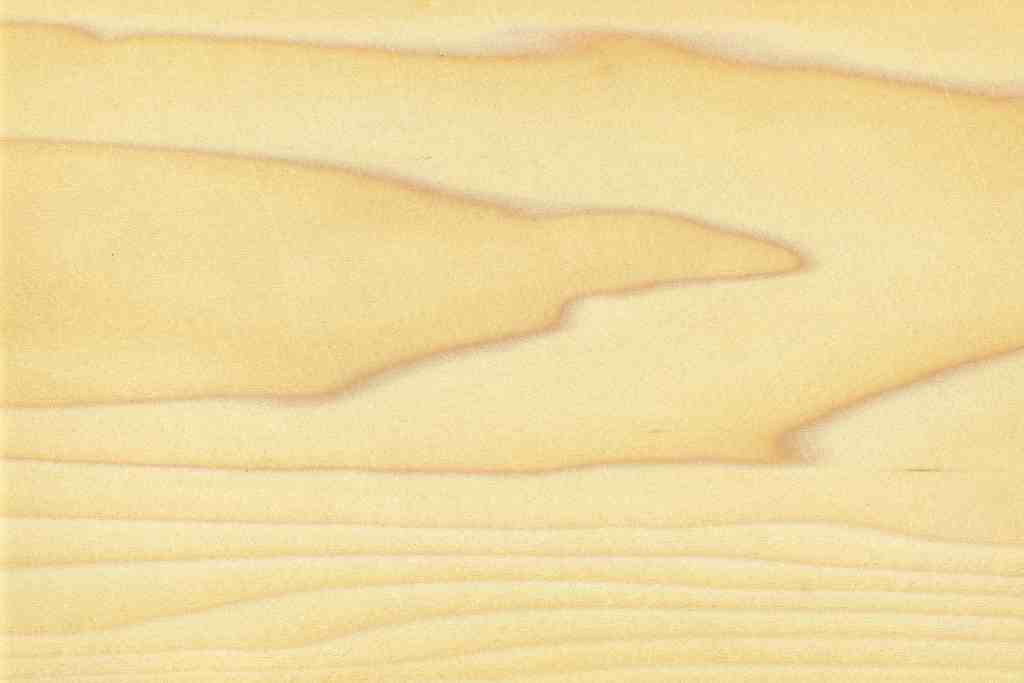
4. Beech
Features
- Pale light color
- Hardwood
- Fairly affordable compared to other hardwood
- Not as readily available, you need to check specialty stores
- Often has resin or sap
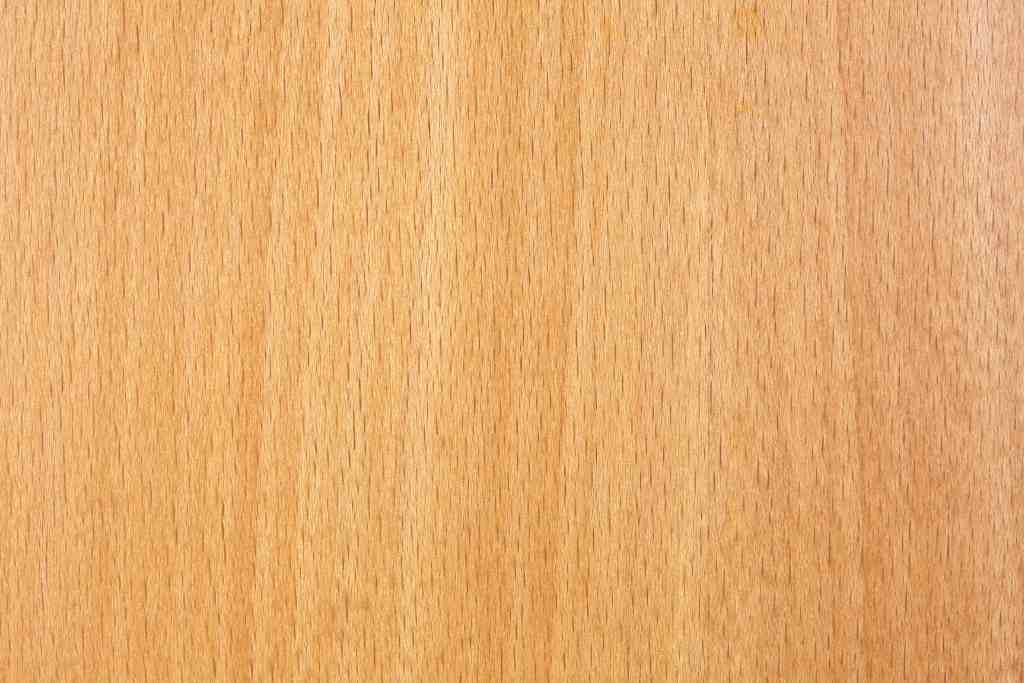
5. Birch
Features
- Hardwood
- Light-colored
- Smooth grain
- Easy to burn
- Inexpensive
- Easy to fix mistakes, gouge-proof
- Mostly Available in plywood form
- Not always available
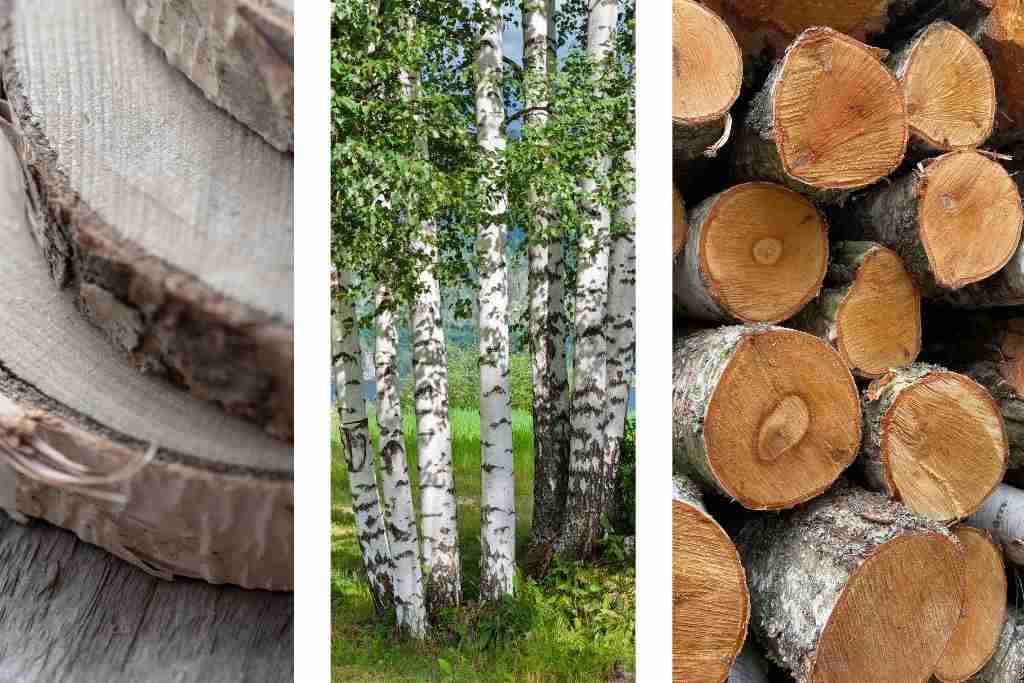
6. Maple/ Sycamore Maple
Features
- Can come in shades of pale to medium brown
- Hardwood
- Very subtle and smooth grain patterns
- Available at most lumber stores
- Easy to layer and fix mistakes since it’s hard to burn through
- Can get very expensive
- Dense wood, fibers are hard, you have to be professional to create professional burn strokes
- Needs high heat to work
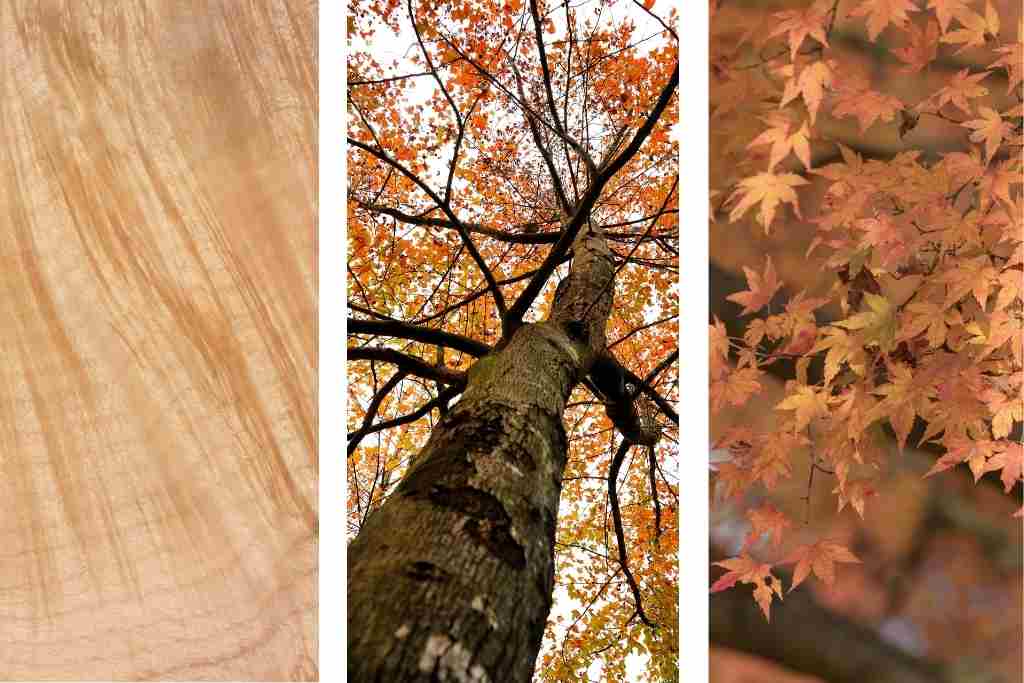
7. Mahogany
Features
- Hardwood
- Fairly dark color
- Suitable for patterns and seals
- Burned grain gets dark and shows a dotted texture
- Details may not show too well
- Not suitable for burning shaded images
- Very expensive
- Might not be readily available
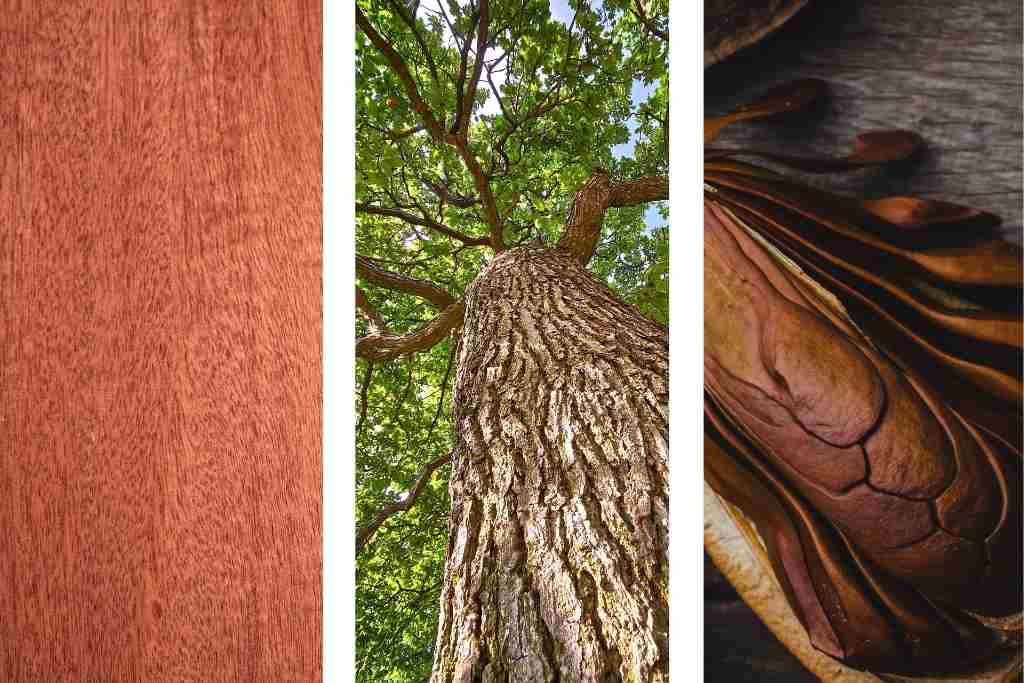
8. Cherry
Features
- Hardwood
- Medium to dark color
- Smooth straight grains
- Burns might not show up well against the wood
- Cheaper than Maple, but still expensive
- Not easily available
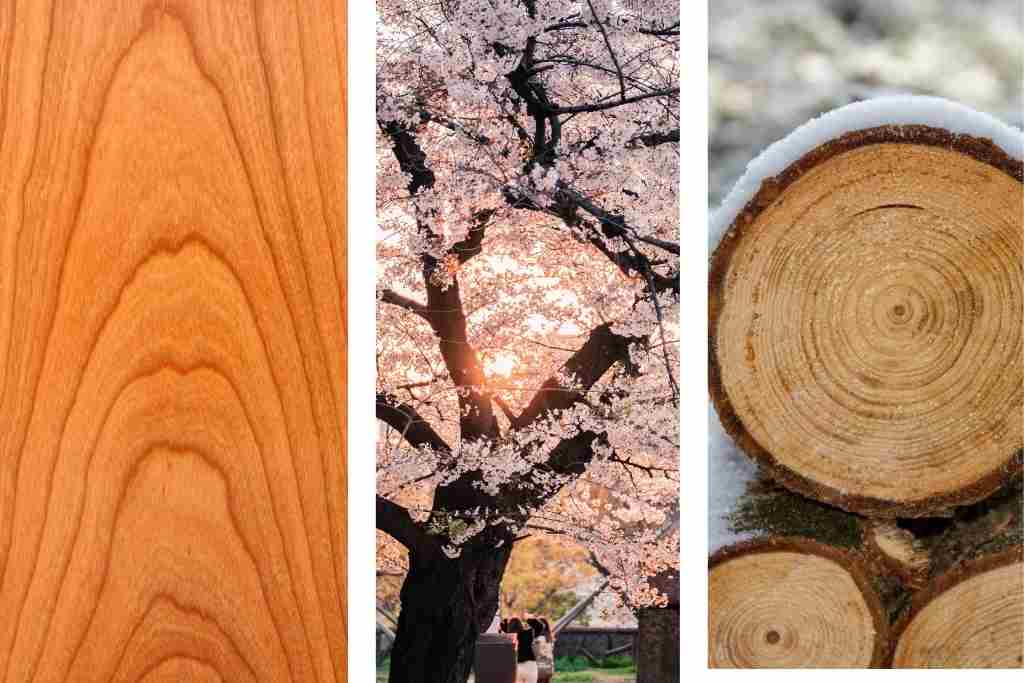
9. Willow
Features
- Hardwood, burns very smoothly
- Light cream color
- Very subtle grain patterns
- Ages really well
- Not always, not everywhere available

10. Aspen
Features
- Hardwood, soft enough to burn very well
- Very smooth grain
- Expensive
- Varies in color within a single cut
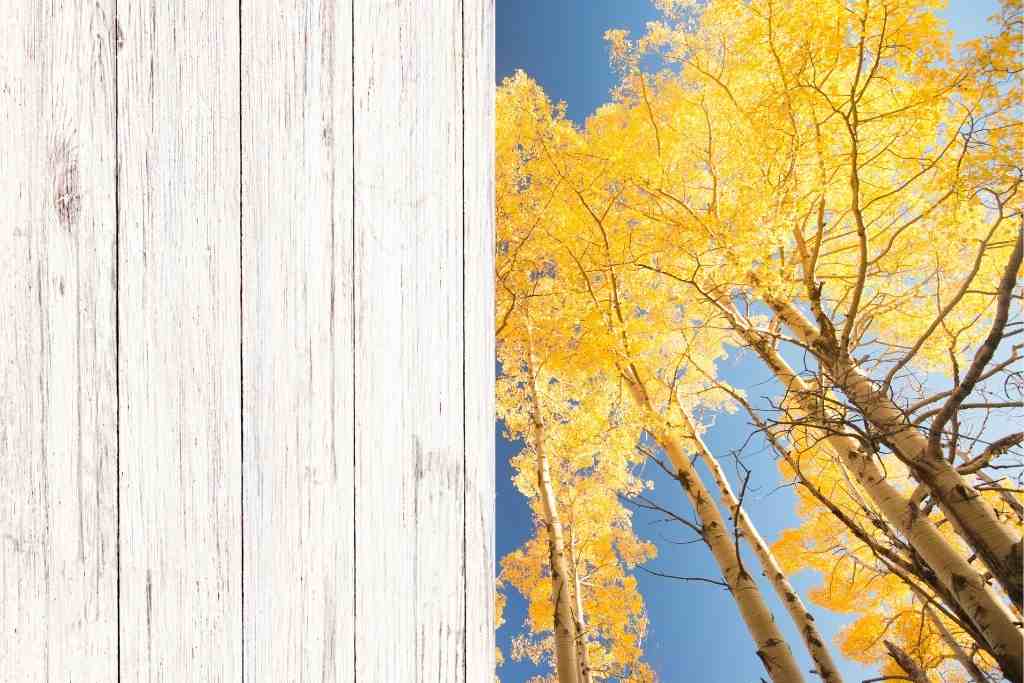
11. Ash
Features
- Hardwood, even color
- Grain patterns are subtle
- Can be available easily depending on the location
- Expensive
- Rough grain
- Darkens slightly over time

12. Oak
Features
- Hardwood, very tough
- Lighter shade cuts are suitable for detailed designs
- Available in most areas
- Uneven grain
- Expensive
- Contains a lot of sap
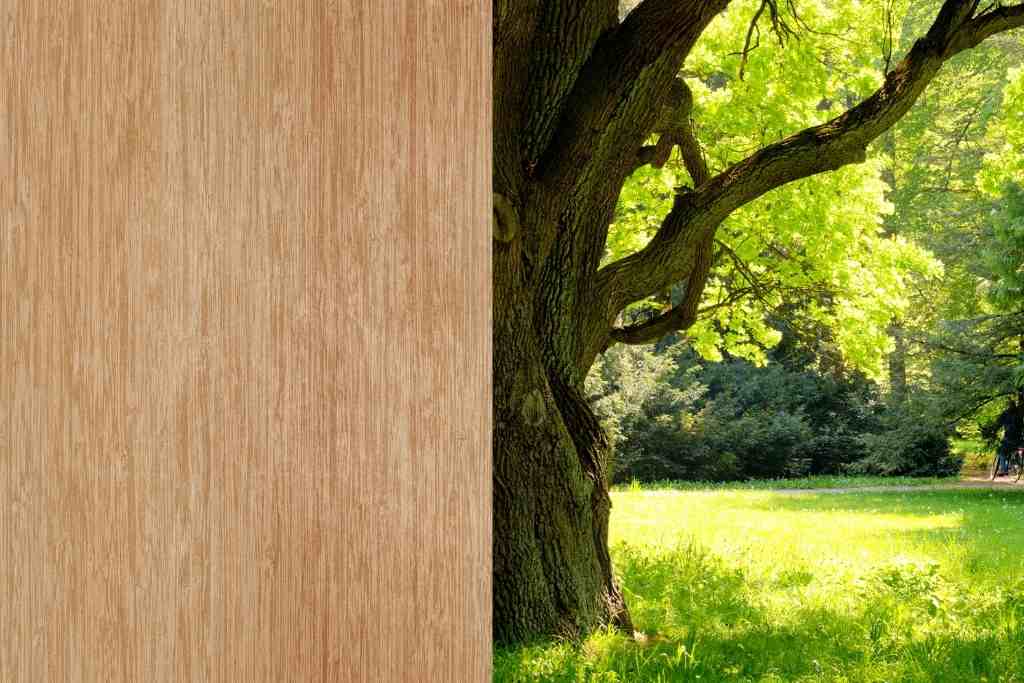
13. Jelutong
Features
- Light colored
- Straight grains and not too dense
- Ages well
- Relatively affordable
- Native to southeast Asia
- Not easily available in other parts of the world
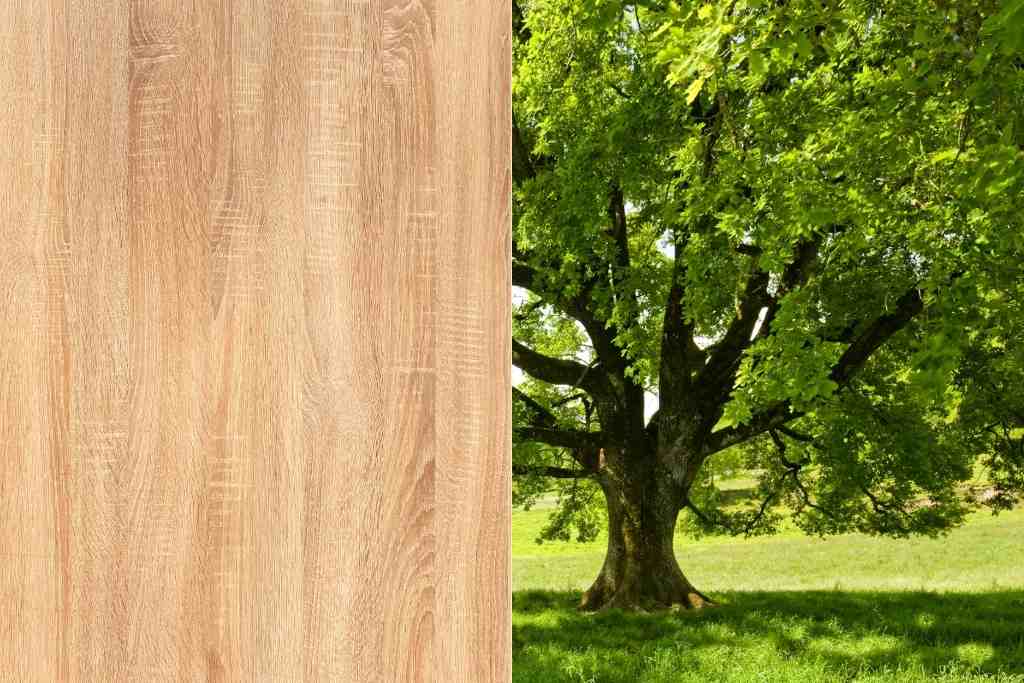
14. Walnut
Features
- Hardwood, burns easily
- Smooth grain
- Rich color Makes a beautiful backdrop if used properly
- Gets quite dark after coating
- Details and shading can get lost in the color
- Quite expensive
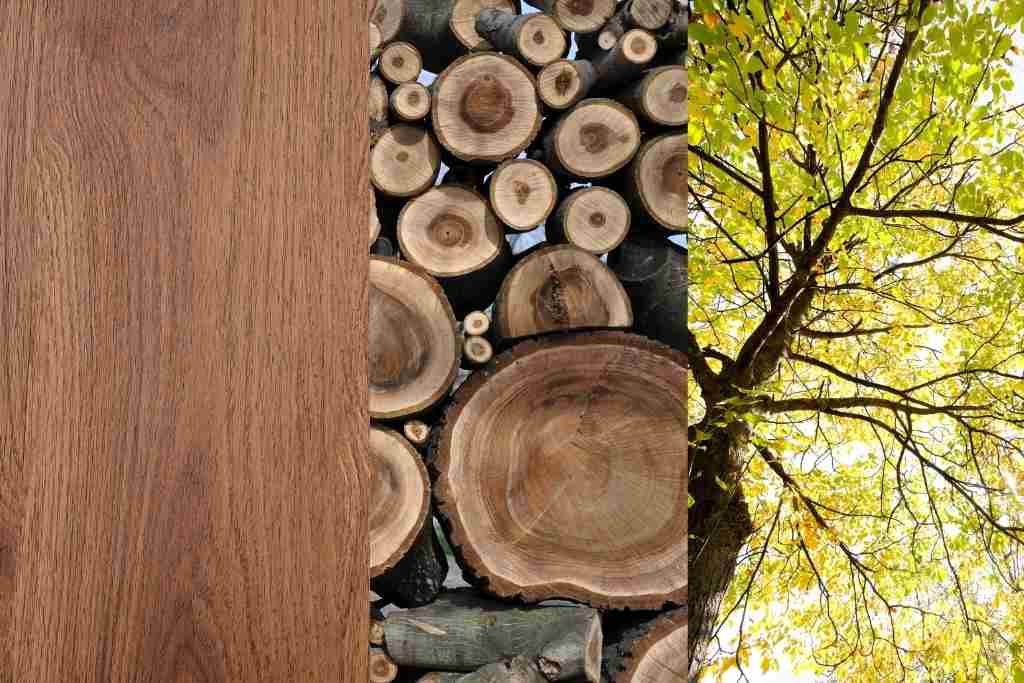
15. Pine
Features
- Lighter parts are soft and easy to burn
- Suited for practice
- Very inexpensive
- Easily available in every craft store
- Darker parts are hard to burn
- Not at all suitable for intricate designs or shades
- Irregular, rough grain patterns
- High sap content

You may also want to take a look at this helpful video for choosing the best wood.
Parameter for Choosing the Best Wood for Your Work
For wood burning, choosing the right kind of wood is vital to get a high-quality end result. Here are some things you should keep in mind before picking wood for your pyrography project–
1. Burn Shading Depth ( light burn or dark burn)
If you are planning for any artwork having light shades or combination of light and dark shades, it is better to choose a light and bright colored wood. However, some dark burn arts look very attractive on dark colored wood. For examples, and tribal pattern and solid Celtic designs are awesome on dark Mahogany wood.
2. Wood Color
Light-colored woods are generally the safe choice as burns show better due to the contrast. The details are more visible, and there’s more room for layering and shading. You can use darker woods for specific styles or artistic preferences.
3. Grain and Fiber Pattern
Woods with less or clear grain patterns provide a clean slate to work on. Prominent grain patterns can enhance the design if used properly.
4. Texture of the Wood
This is another thing apart from grain and fiber pattern. The wood plank or block shows different textures on its surface depending on the angle of cut, the growth of the tree, knotholes ( spot where branch fell off or grew).
5. Age of the Tree
This affects the quality of the wood greatly. The tree rings increases along the cross section of the tree, which in turn results in variation of the softness along the block or plank.
6. Density
Softwood is easy to cut and mold. It offers little resistance and is suitable for designs with details and shading. Hardwoods pose more challenges but also make for a sturdy medium.
7. Cut
Based on what the project is supposed to look like, plenty of cut options are available to choose from. The shape and edges of the cut can drastically change the look of a finished piece.
8. Price
Beginners need plenty of practice so it is best to reserve cheaper types of wood for that. You can use the costly pieces as you grow steadier and more skilled.
9. Availability
Not all types of wood are available everywhere, so it is necessary to look into what you can readily find around you. Fortunately, there are some common types of trees suitable for pyrography that can grow in almost every climate.
All that aside, the decision largely depends on personal preference. What works for someone else might not feel right for you. Our advice is to try practicing on scraps of the wood before making the final pick.
Woods to Avoid
While we talk about the wood types that are best for pyrography, it also makes sense to talk a little about some of the worst wood for pyrography. There are types of wood that are simply not suited for this endeavor. Let’s go see the reasons why–
1. Safety Issues
Safety is the most important thing to remember when doing pyrography. You must take measures against woods that release toxins and unhealthy vapors. But other than that, it is also essential to know the issues some woods may present and what to look out for.
- Reclaimed or treated wood releases toxins when burned
- Woods containing synthetic or plastic materials, fumes are harmful when inhaled
- Driftwood, can produce harmful fumes
- Smokey, resinous wood like Fir and Pine, the fumes are toxic
- Poisonous wood like Oleander
- Any kind of stained wood or MDF or plywood must be avoided
Natural wood is always the safest option for pyrography. You can burn some woods that are generally problematic if you take the necessary precautions. Wearing goggles and a good mask is always necessary. But I’d still say avoid the aforementioned woods.
2. Color
From a visual standpoint, it is better to avoid darker woods if you are a beginner and you are planning for a light burn artwork. A lot of design details and shading get lost in the dark backdrop, especially after coating. It is better to save them for when you develop a sense of what the finished product could look like.
3. Texture
Grainy woods or uneven surfaces are also best to work with after some experience. They are generally difficult to work on unless you have a specific art in mind that makes use of the roughness.
Now you have got the ideas of woods on which you may try your burns. This article is important here further to help you about the temperature of burning the woods.
FAQs
Can you do pyrography on plywood?
Yes, you can do pyrography on plywood.
Because plywood is made from wood, it can be burned in the same way as any other type of wood.
Plywood is not as hard as some other types of wood, so, it may be more difficult to achieve fine details in your pyrography designs.
It’s also important to use a plywood that is made from high-quality, well-seasoned wood to ensure that it burns evenly and consistently.
Can you woodburn any wood?
Yes, you can woodburn almost on any wood. But the wood needs to be dried and having without any chemical treatment.
Additional Resource
FAQs
Can you use any wood for wood burning?
You can use any wood under a wood burner but you must ensure that you have not taken any wood with sap or with sealer layers on top.
Can you do pyrography on olive wood?
Surely you can! It is a great choice indeed.
Last Words
Now you are armed with information about the best wood for pyrography available out there. You may prefer to use different wood for different projects, or stick with just one. Nevertheless, you are bound to work with some of the above-mentioned woods.
This blog post should help you find the wood that best fits your criteria. If you’re unsure about choosing the ideal wood for a future project, you can refer back to this list.
Pyrography should be a fun and relaxing pastime while you are learning. You can try out new types of wood, but be sure to do some research before diving in. Don’t be afraid to make mistakes, as long as safety measures are in place.

